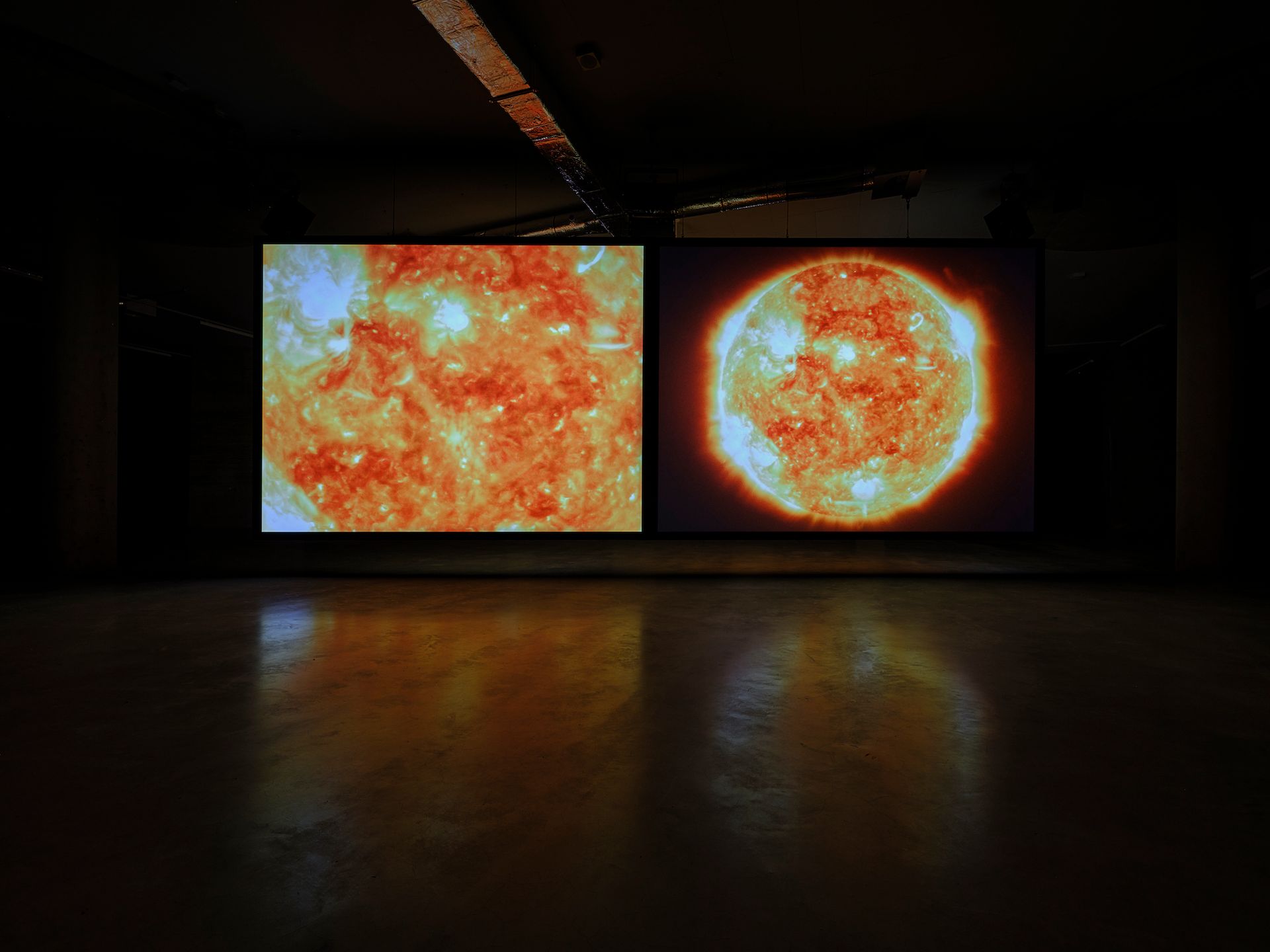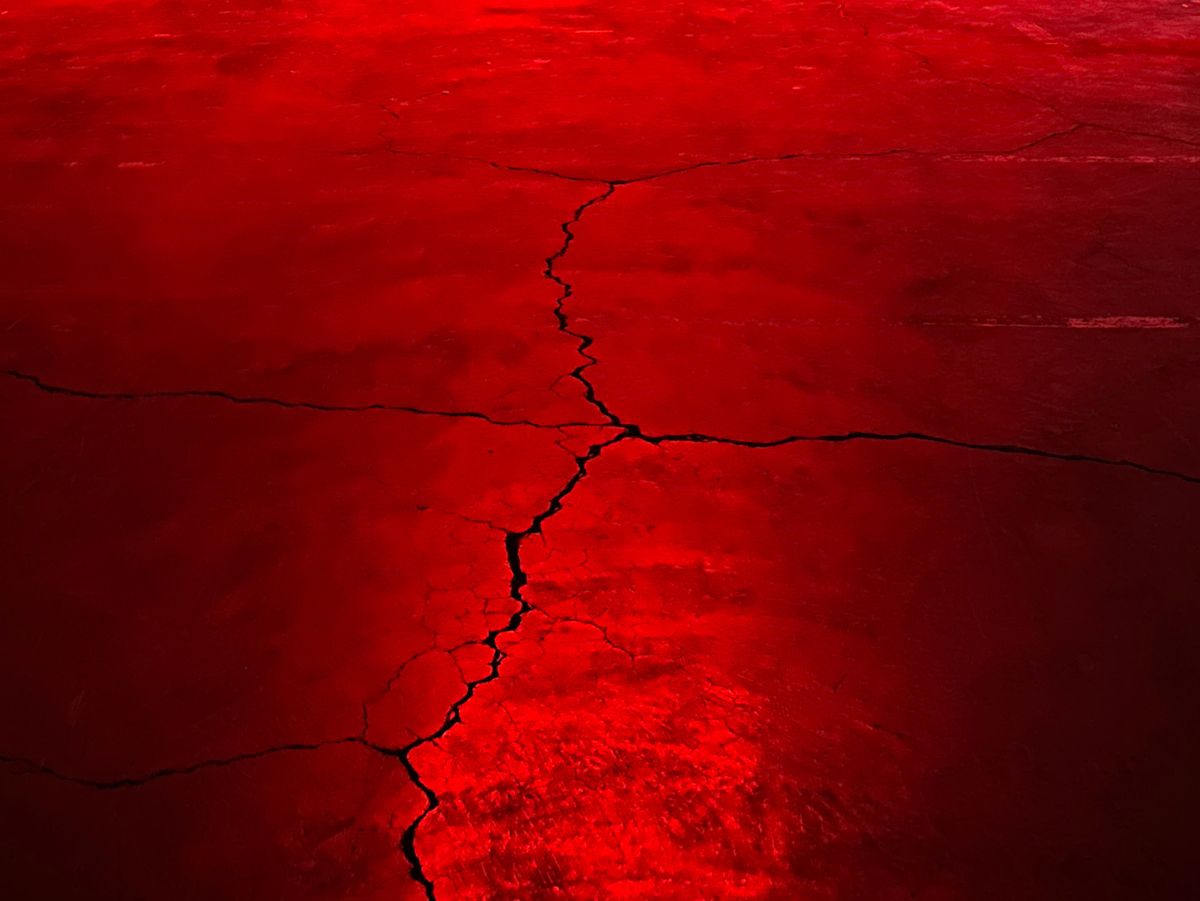Next spring, a new, immersive commission by the artist and filmmaker Steve McQueen will take over the cavernous lower level of Dia Beacon in New York. The upstate art space announced today that it will debut the work, which is yet to be titled, in May 2024, after which it will travel to the Schaulager in Münchenstein, on the outskirts of Basel, Switzerland, in 2025.
McQueen, who has been making moving-image works and installations for more than three decades, is known for combining light and sound to visceral effect, and an exacting approach to his means of display. Over the past decade, he has also branched out from galleries and museums, directing the Oscar-winning 12 Years a Slave (2013) as well as the TV series Small Axe (2020) and Uprising (2021). The Dia presentation, which will be his first with the art institution, brings him back to his video-art roots, representing what senior adjunct curator Donna De Salvo calls “his most abstract work to date”.
Conceived in response to Dia’s 30,000 sq. ft gallery space, the joint commission by the Dia Art Foundation and the Schaulager will feature projected light and “a sonic component which will be experienced on an incredibly bodily level”, De Salvo says. “It’s an immersive experience that will very much bring people back to themselves.” The museum is currently keeping other details of the work under wraps, but De Salvo says that it engages with “this notion of, how do you go on doing what you’re doing, when there are certain elements that are deeply oppressive in the culture?”
The work will hearken back to McQueen’s earlier explorations into spatial perception and self-awareness. The artist’s public installation Blues Before Sunrise (2012) was a cinematic transformation of Vondelpark in Amsterdam, involving the replacement of 275 bulbs in streetlamps with blue ones that cast a strange, unfamiliar glow over two weeks. Static (2009) is a video work that shows aerial views of the Statue of Liberty, looping viewers around the famed monument, both close-up and far away, as the disarming whirr of helicopter blades fades in and out. The footage is presented on a two-sided screen that is suspended, generating multiple viewpoints into this familiar historical symbol.
De Salvo, who previously worked with McQueen while she was deputy director at the Whitney Museum of American Art, had proposed that Dia collaborate with him when she joined the museum in 2020. “He’s certainly an artist who works in a sculptural way,” she says. “He works with light, sound and image and is looking at the materiality of each of those, and a space like Dia really allows for this kind of expansion.”

Steve McQueen, installation view of Sunshine State (2022), at Pirelli Hangar Bicocca, Milan, 2022. A commission for International Film Festival Rotterdam (IFFR), 2022. Courtesy of the artist and Marian Goodman Gallery. Photo credit: Studio Hans Wilschut/IFFR. © Steve McQueen and Pirelli Hangar Bicocca, Milan
A separate exhibition will also open in September 2024, at the institution’s space in Chelsea, showcasing McQueen’s video work Sunshine State (2022). Commissioned by the International Film Festival Rotterdam, the two-channel video references the film The Jazz Singer (1927), regarded as the first “talkie”, as well as a personal story about the artist’s father in the Jim Crow South.
“Since the 1990s, McQueen’s work has witnessed and marked our time, bringing lasting insight into our condition,” Jessica Morgan, Dia’s director, said in a statement. “This expansive presentation is a powerful example of our programming across locations and of how these long-term encounters with artists foster a unique engagement with audiences.”



